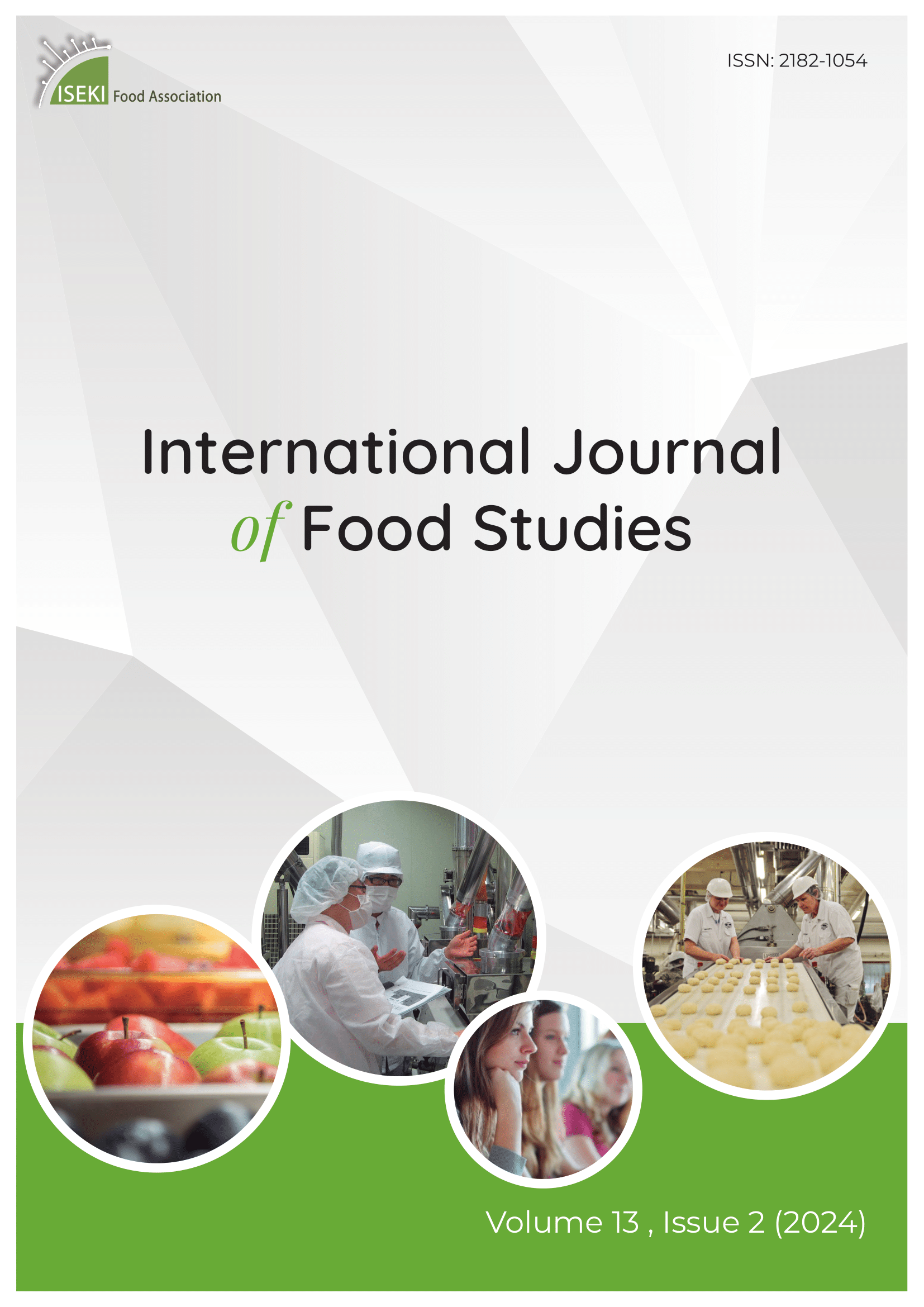Contents
01.12.2011.
Professional paper
Nanotechnology: the word is new but the concept is old. An overview of the science and technology in food and food products at the nanoscale level
Food scientists and technologists are actively engaged in examining and developing nanotechnologies for applications such as novel functional ingredients and nutrient delivery systems, safety testing, packaging, and authenticity/authentication at an ever-increasing pace. However, before these new products/technologies are commercialised, rigorous safety testing and risk/benefit analysis are required to ensure that public and environmental concerns are addressed. This review provides an overview of food nanoscience and technology including a brief history, education, definitions pertaining to policy and regulation, and applications. The most recent findings and advances are emphasised, focussing on bioactives' delivery. In addition, proposed directions in the area of nano-based targeting of pathogens for food safety as well as medical foods are discussed. As food nanoscience and technology has been extensively reviewed in recent years, specific case examples will be limited to those reported within the past year.
Brian C. Bryksa, Rickey Y. Yada






